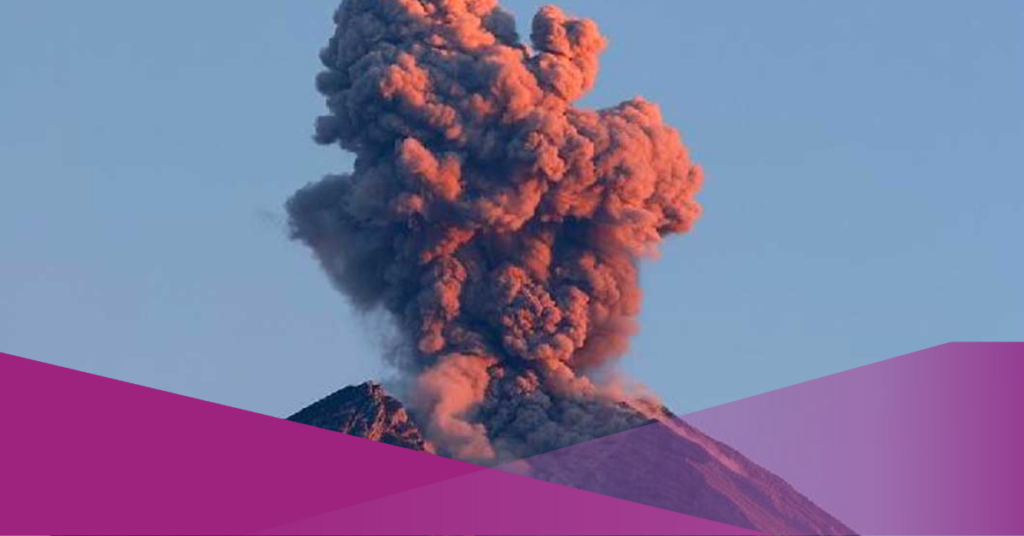Mount Semeru experienced two eruption on Tuesday, 6th February 2024, at 5:52 AM and 7:30 AM local time. The volcano situated in Lumajang, East Java, ejected volcanic ash reaching 1,000 meters above its summit, with dense plumes dispersing towards the northeastern direction.
According to records from the Mount Semeru Observation Post, the eruptions were detected on seismographs, registering a maximum amplitude of 23 millimetres and lasting for 120 seconds. As a precautionary measure, individuals are advised against engaging in any activities within a 500-meter radius of the banks of the Besuk Kobokan River due to the potential risk of hot clouds and lava flows extending up to 17 kilometres from the summit.
Since 16th December 2021, Mount Semeru has been on alert level 3. According to data from the Volcanological Survey of Indonesia (PVMBG), there were 29,131 eruptions recorded on Mount Semeru throughout 2023. This extensive activity has earned Mount Semeru the reputation of being one of Indonesia’s most active volcanoes.
Similar to other volcanoes, predicting Mount Semeru’s eruptions is challenging. The PVMBG urges the public to remain vigilant and await official information from relevant authorities.
Several areas, including Besuk Kobokan, Besuk Bang, Besuk Kembar, and Besuk Sat, are at risk of experiencing lava floods following Mount Semeru’s eruption.
As a nation situated within the Pacific Ring of Fire, Indonesians are familiar with the risks and protocols for evacuating during volcanic eruptions. Various hazards accompany volcanic activity, including:
- Hot lava flow
- Ejected volcanic ash
- Molten lava
- Poisonous volcanic gases
- Hurling volcanic rocks
The recent eruption of Mount Semeru adds to the array of natural disasters affecting different regions of Indonesia. Other active volcanoes in the country include Lewotobi Laki-laki, Mount Dukono, Mount Marapi, and Mount Ibu.































